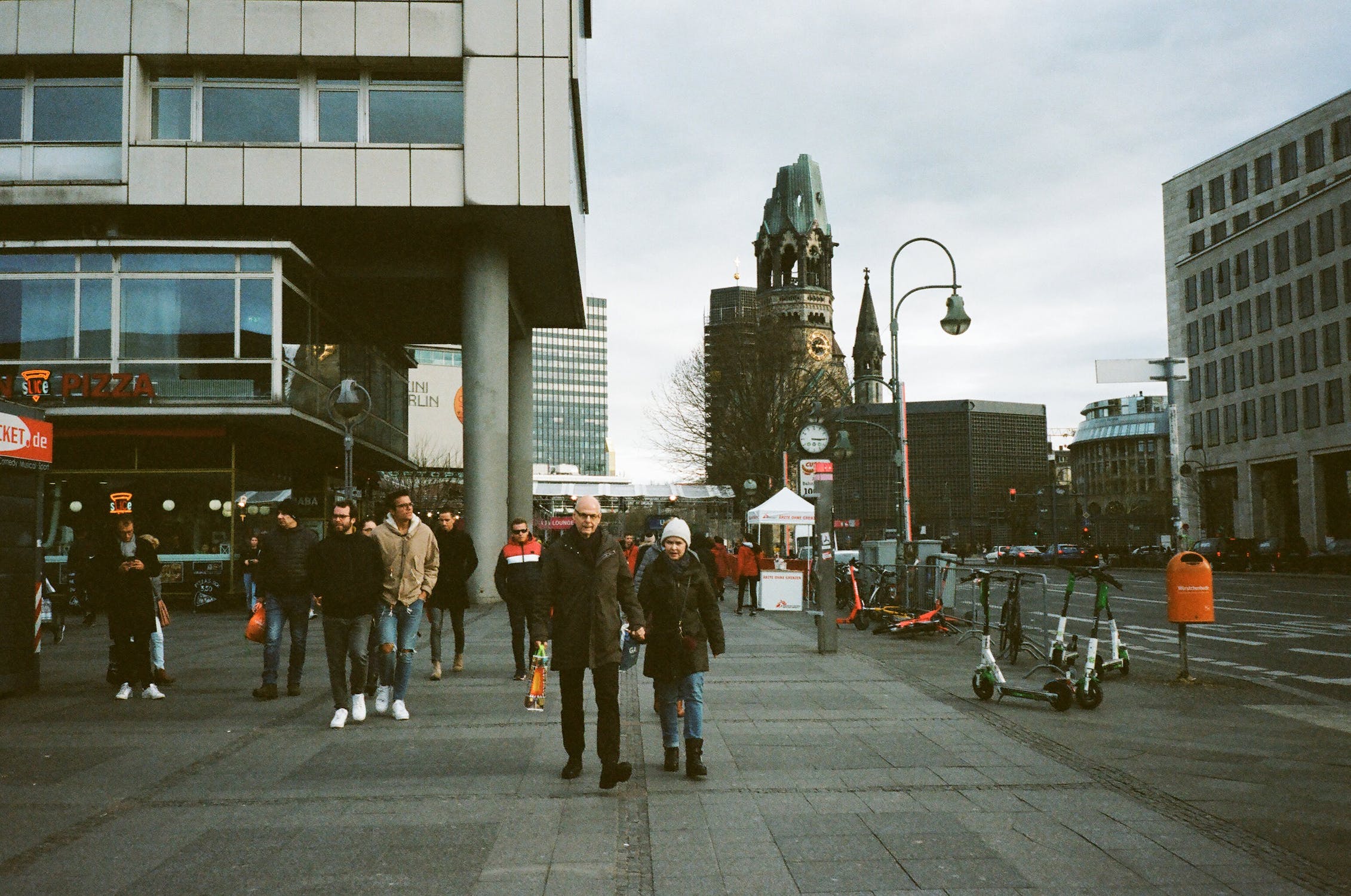Micro-location
These Are the 7 Factors to Consider

Written by: Josephine Nguyen
Published on: September 02, 2022
How Does Your Neighborhood Measure Up?
When picking a location for your real estate investment, you have to look at two major aspects: the macro-location and the micro-location. Today, we're focusing on the micro-location. It plays a huge role when deciding what kind of tenants you want to move into your apartment. The micro-location also determines how much your property costs, its worth, and how likely it is that you can rent out the apartment consistently. So do not underestimate it. We talk more about the location analysis in our corresponding article, so you can check that out. We've also covered it in our podcast:
Now let's take a look at the 7 factors that matter for your micro-location analysis.
- 1. Public Transport
- 2. Stores
- 3. Schools
- 4. Culture
- 5. Noise Level
- 6. Neighbors
- 7. Orientation
- Online Analysis
1. Proximity to Public Transport

Especially in larger cities, people care about having public transportation close by. Not everyone can afford a car or even want to own one. Having to walk for a long time or ride your bike to get to the next station isn't exactly ideal in the long run, either. So many people choose apartments where they can get to the next subway or bus in a few minutes. Keep this in mind if you plan on investing in a big city and/or want to have university students as tenants.
2. Proximity to Supermarkets, Other Stores & Medical Facilities

Many tenants prefer having shopping facilities in their neighborhood. If your tenants can easily walk to the next supermarket or are only one stop away from it, perfect. Older people might also appreciate having quick access to doctors and hospitals. In short: everything related to essentials of daily life should ideally be less than 30 minutes away.
3. Proximity to Daycare Centers & Schools

This isn't relevant to everyone, but it is a crucial aspect for those it does apply to: If you want to attract couples who want children or families as tenants, then your chances of success are higher with a property that is close to a daycare center or school. For (aspiring) parents it's a big plus if their little ones are just around the corner. That way, they don't have to take any major detours to drop them off before work or pick them up afterwards. It also benefits the kids to have a short school route.
4. Cultural Offerings
A lot of tenants appreciate a neighborhood that is rich in cultural offerings and entertainment. Clubs and (dive) bars attract university students and young, party-happy people. Families and couples may find parks, cafes and movie theaters more interesting. Senior citizens and art enthusiasts enjoy theaters, concert halls and museums. So depending on which of these target groups you plan on having in your apartment, you can use this info to start scanning suitable neighborhoods.
5. Noise Level

This and the previous point go hand in hand: Generally speaking, different age groups and societal groups can tolerate different noise levels. While students and young people can generally deal with a busy nightlife more easily, families and older people often prefer quieter environments in the evening. Highly-frequented streets, flight paths, train stations and long-term construction zones can also cause frustration for some tenants. Make sure that the property you're buying and the soundscape fit together.
6. Neighborhood Make-Up

Speaking of people: Who are the people who live nearby? Are there a bunch of university students, more families or mainly senior citizens? Or is there a healthy mix of everything? Is it an affluent neighborhood or a blue collar district? Taking a look at the people in the area can give you an idea of which people would most likely move into your apartment — and also tell you which characteristics your apartment should have to fit the neighborhood.
7. Orientation/Location of the Property

The last important aspect isn't about the neighborbood — it concerns the apartment itself. Der letzte wichtige Punkt dreht sich nicht um die Umgebung, sondern um die Wohnung selbst. What level is the apartment on? What direction is the balcony? Is there a lot of sunlight? Does the apartment face the street or the courtyard? Can neighbors or pedestrians look into the apartment? Once again, different target groups have different preferences. Many tenants dislike the darkness of a basement apartment. Ground-level apartments offer less privacy in a lot of cases, which may turn some people off. And senior citizens often can't handle an attic apartment without an elevator. It's important to put yourself in your tenants' shoes to identify strengths and risks.
Online Analysis is Possible
If looking at this list makes you wonder how on earth you're supposed to figure out these things without traveling to the city, don't worry: You can actually find out a lot by looking at Google Maps and the listing itself. For our listings, we often create audio guides showcasing the most important aspects of the micro-location. We also have district guides for a lot of cities that allow you to take a look at the neighborhood without having to go there yourself. You can find the playlist here:






